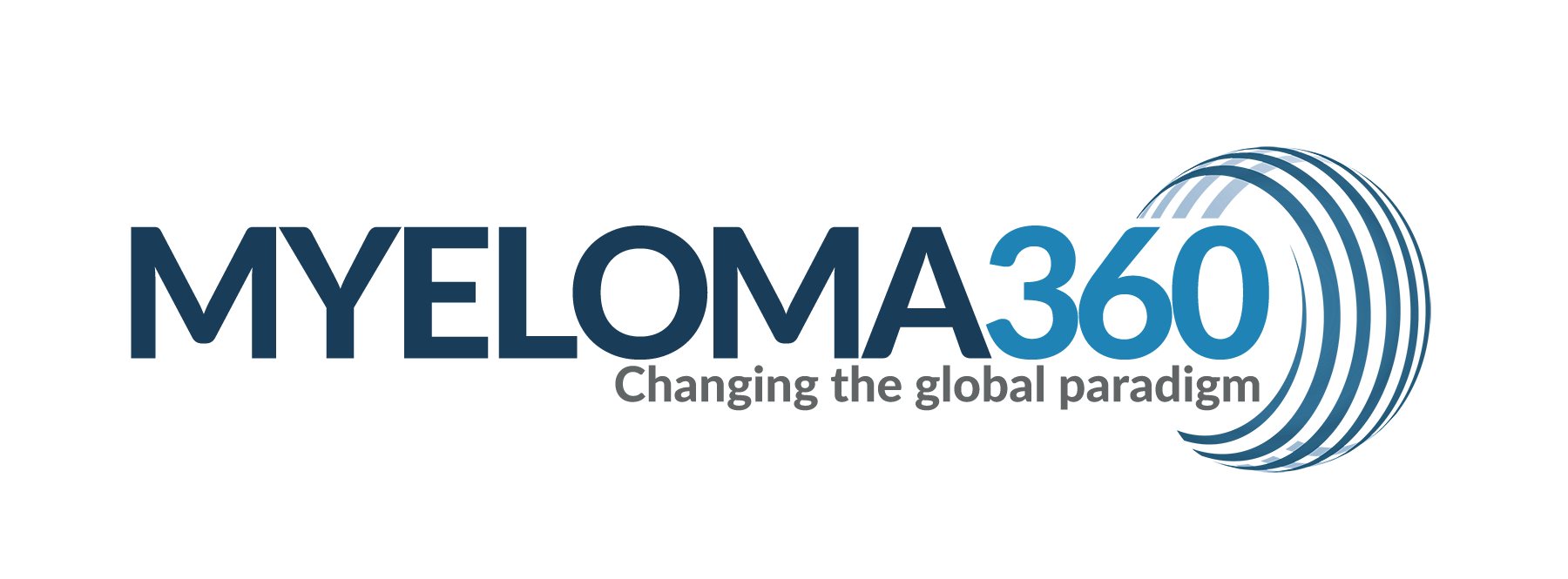Am J Manag Care. 2023 May;29(5):246-254. doi: 10.37765/ajmc.2023.89357.
ABSTRACT
OBJECTIVES: The Medicare Part D low-income subsidy program drastically reduces patient cost sharing and may improve access to and equitable use of high-cost antimyeloma therapy. We compared initiation of and adherence to orally administered antimyeloma therapy between full-subsidy and nonsubsidy enrollees and assessed the association between full subsidies and racial/ethnic inequities in orally administered antimyeloma treatment use.
STUDY DESIGN: Retrospective cohort study.
METHODS: We used Surveillance, Epidemiology, and End Results-Medicare data to identify beneficiaries diagnosed with multiple myeloma between 2007 and 2015. Separate Cox proportional hazards models assessed time from diagnosis to treatment initiation and time from therapy initiation to discontinuation. Modified Poisson regression examined therapy initiation in the 30, 60, and 90 days following diagnosis and adherence to and discontinuation of treatment in the 180 days following initiation.
RESULTS: Receipt of full subsidies was not associated with earlier initiation of or improved adherence to orally administered antimyeloma therapy. Full-subsidy enrollees were 22% (adjusted HR [aHR], 1.22; 95% CI, 1.08-1.38) more likely to experience earlier treatment discontinuation than nonsubsidy enrollees. Receipt of full subsidies did not appear to reduce racial/ethnic inequities in orally administered antimyeloma therapy use. Black full-subsidy and nonsubsidy enrollees were 14% less likely than their White counterparts to ever initiate treatment (full subsidy: aHR, 0.86; 95% CI, 0.73-1.02; nonsubsidy: aHR, 0.86; 95% CI, 0.74-0.99).
CONCLUSIONS: Full subsidies alone are insufficient to increase uptake or equitable use of orally administered antimyeloma therapy. Addressing known barriers to care (eg, social determinants of health, implicit bias) could improve access to and use of high-cost antimyeloma therapy.
PMID:37229783 | DOI:10.37765/ajmc.2023.89357
